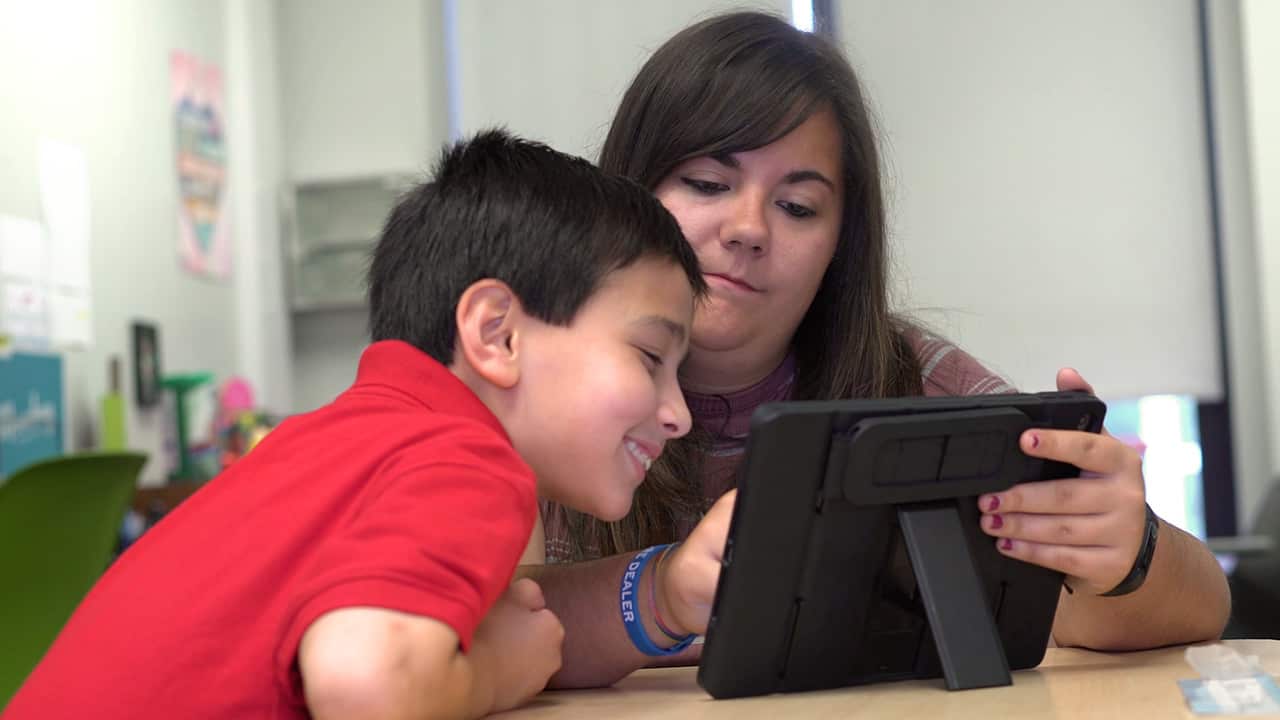What about students with limited reading skills?
Using pictures or symbols of expected behaviors is a great way to create a behavior matrix that works for all students. Include a picture of each environment along with pictures of what is expected in each environment.
What about students who need repeated practice or teaching?
Creating video models of the expected behaviors and in different environments can be a great tool for students with autism and other developmental disabilities. Students can watch the videos as many times as they need before they are ready to perform the expected behavior.
What about students with physical limitations?
It is important to be sensitive to all students especially those with different abilities. Changing around wording of expected behaviors can help make sure all students are included. Instead of saying “Walk in the hallway,” use “Travel safely in the hallway.”
How do I help the students who are trying their best but cannot seem to earn any rewards?
For some students, especially those with disabilities, the expectations should stay the same but the reward system may need to be modified. Using a shorter interval to earn rewards might be necessary. The rewards might have to be more specific to a student’s interests to be rewarding for that student. Take time to sit down with the student and see what really motivates them and look at data to see what time frame they are currently able to follow the expectations and increase that by 20-30 percent as an individual goal.
What about students who struggle with multiple-step directions or tasks?
Many students benefit from complex skills being broken down into smaller steps. Students who lack strong executive functioning benefit from a task analysis and the use of a task tree. If the expected behavior is to be prepared for class; think about how you can break that down into simple measurable steps. Create a visual task tree for them to follow at the beginning of each class.
How can the classroom aides support students with PBIS?
Many of the PBIS skills are directly taught by classroom aides in both the inclusion and resource room environment. Best practice is to make sure these skills are taught to independence rather than simply being done for the students by the classroom aides. Remind students and aides that the expectations are that the student should work toward following the expectations independently or with less intrusive supports such as visual reminders.
School-wide PBIS initiatives are evidence-based and a great resource to start helping students perform those expected behaviors teachers want to see in the classroom. To make sure you are reaching all students: Get involved, get creative and get teaching!



